By Dr. Danielle Ethier, Population Scientist, Birds Canada
Raptors (eagles, hawks, and falcons) are awe-inspiring. Even a veteran birder will marvel at the sight of a Bald Eagle overhead or stop to watch an American Kestrel stalk prey from the wires. These impressive hunters and powerful apex predators make birdwatching exciting and can attract newcomers to the field. Standardized observations of migrating raptors also allow researchers to monitor their status and make positive contributions to raptor conservation in North America.
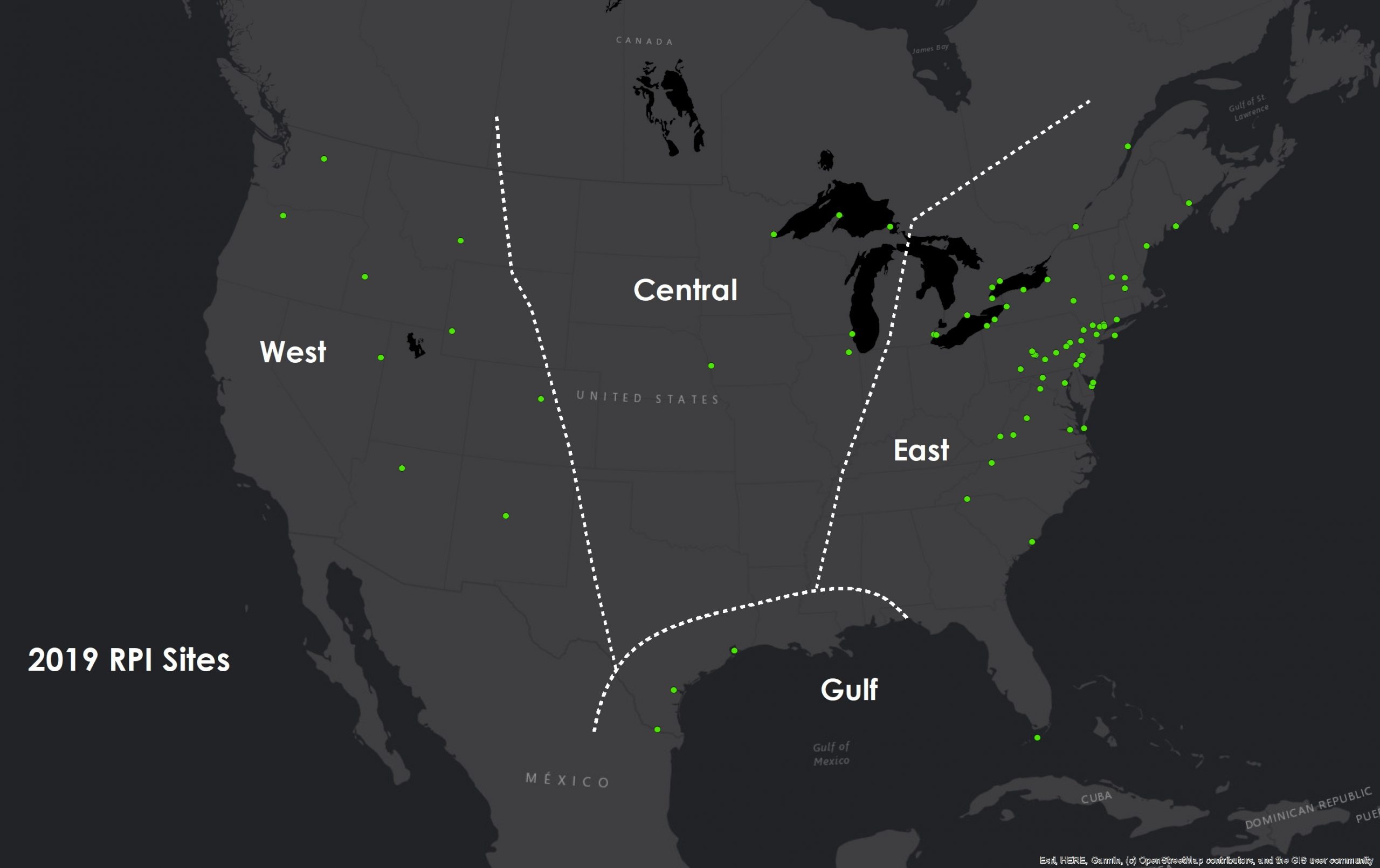
Raptor Population Index (RPI) sites
An important contributor to raptor monitoring in North America is the Raptor Population Index (RPI): an international partnership between Hawk Migration Association of North America (HMANA), HawkWatch International, Hawk Mountain Sanctuary Association, and Birds Canada. Its mission is to contribute to the conservation, knowledge, and public understanding of raptors through a collaborative population monitoring program. RPI recently published species-specific population trends using data through 2019. This marks the fifth iteration of this valuable analysis.
What have we learned?
The story of the Peregrine Falcon’s steep decline through the mid-1970s, followed by its recovery, is a leading example of the utility of long-term monitoring, and hawkwatching specifically. Recent trend analyses through 2019 tell similar stories of victory. For example, the Bald Eagle population crashed alongside the Peregrine Falcon in the 1960s but has experienced nearly ubiquitous increases in migration counts across the continent over the past decade. On the other hand, species like Northern Harrier, American Kestrel, and Sharp-shinned Hawk are showing worrisome patterns of decline in parts of their range based on RPI results.

Bald Eagle Photo: David Brandes
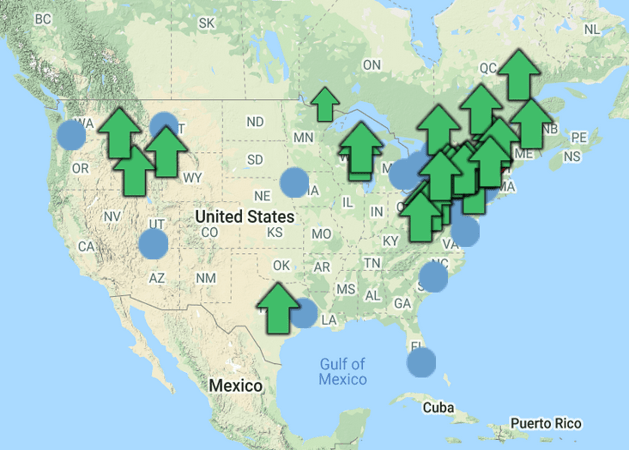
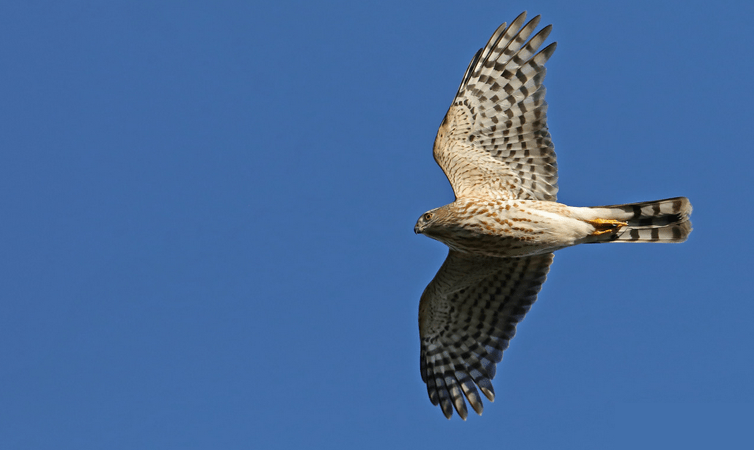
Sharp-shinned Hawk Photo: David Brandes
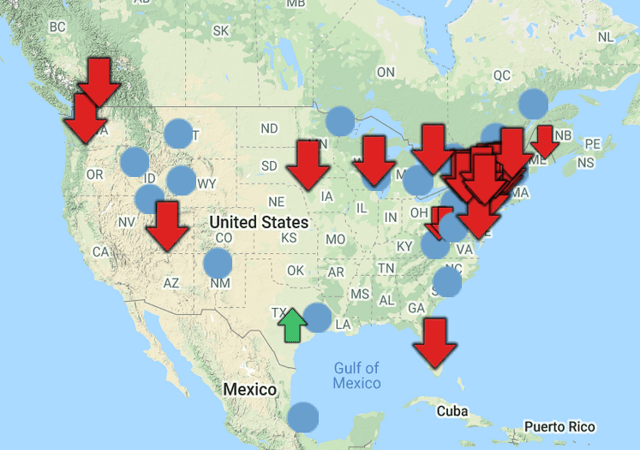

While all animals are subject to natural threats such as disease and predation, the most harmful threats to raptors are those caused by humans, including habitat loss, climate change, poisoning, shooting, collisions, and electrocution. More research is needed to understand the drivers of observed declines in raptor migration counts.
Why is hawkwatching important?
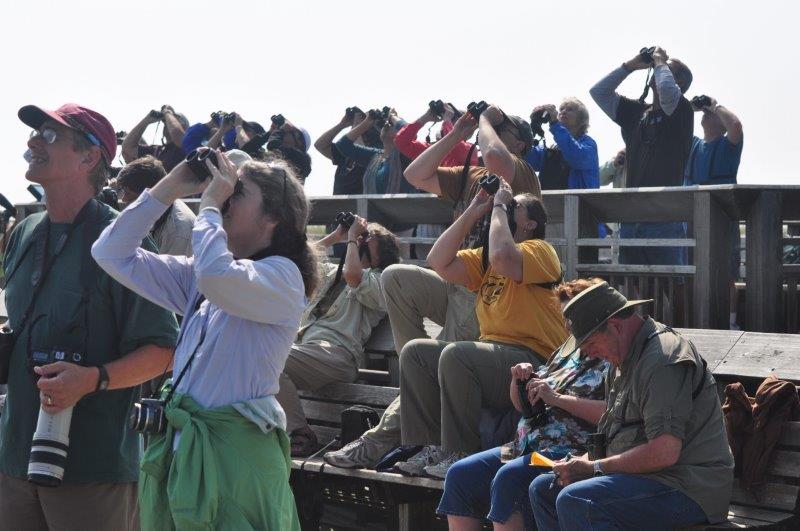
Cape May hawkwatchers Photo: Josh Lawrey
Citizen Scientists play a key role in raptor monitoring, collecting the data that RPI needs for its analyses. Every year during the spring and fall, groups of hawkwatchers gather along ridges, coastlines, and other migration corridors to monitor the passage of raptors. This initiative, which first formally started in 1934, has grown to encompass hundreds of sites across Canada and the U.S.
Hawkwatching makes it possible to maintain long-term records of migration counts using standardized methods. This provides researchers a rare opportunity to monitor the population dynamics of these top avian predators and produce conservation assessments and scientifically defensible population trends. This is particularly important because other bird monitoring programs, such as the Breeding Bird Survey (BBS) and the Christmas Bird Count (CBC), do not adequately monitor many raptors.
Hawkwatching also provides an excellent opportunity to learn about the natural history, biology, and identification of raptors. Visitors to hawkwatching sites have an opportunity to see hawks up close, which can spark a lifelong passion for raptors!
How can you help?
You can learn more about participating sites and find out how to get involved by visiting HawkCount.org.
Financial support helps put the RPI project closer to its goals of producing statistically defensible trends for each migratory raptor species and updating species assessments that are made available to participating count sites, the scientific community, conservation agencies, and the public. Donations are greatly appreciated, and benefit all partners, including Birds Canada.

